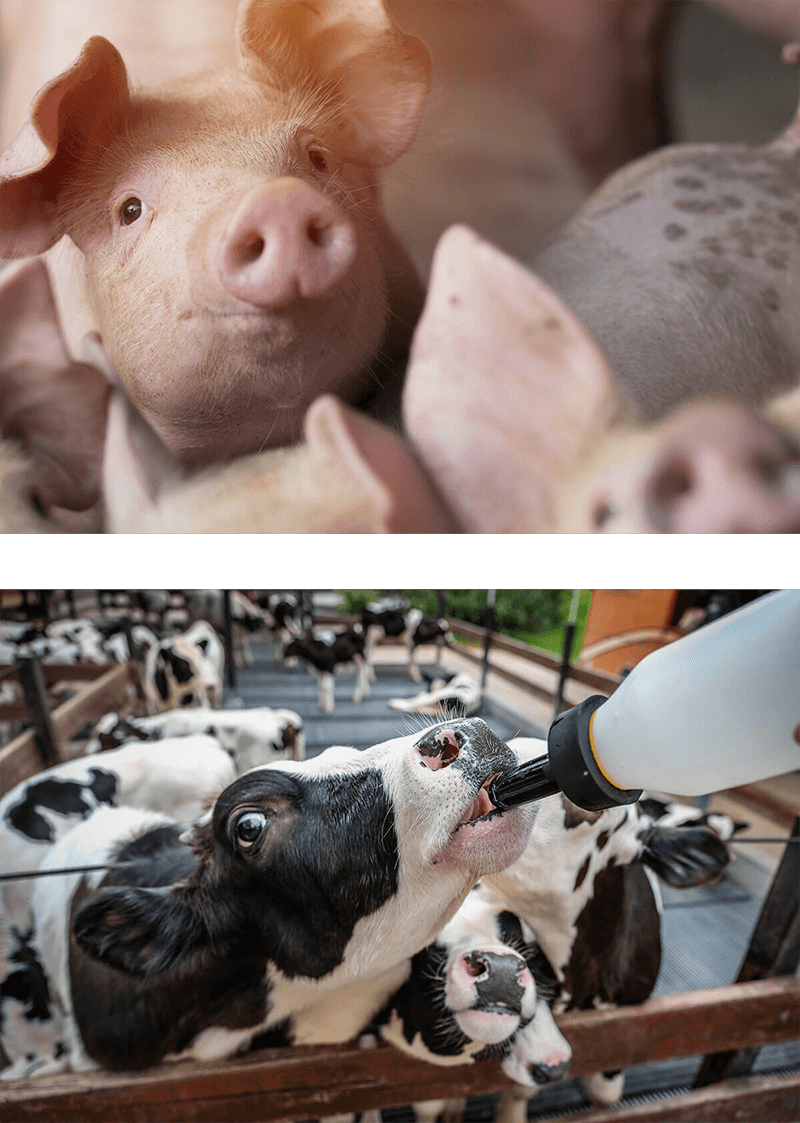Monitoring and Benchmarking On-Farm Antimicrobial Use in Food Animal Industries
Benchmarking Antimicrobial Use
& Antimicrobials in the Environment
Page 03 /
Over recent years, there has been a concerted effort of the livestock industry to raise awareness surrounding more prudent use of antimicrobials. Benchmarking is one method to motivate behavioral change of many kinds, and can be an effective tool to help farmers and veterinarians change their behavior regarding the use of antimicrobials.
What is Benchmarking?
Benchmarking as a concept was introduced in the late 1970s as a method to reduce costs in manufacturing. Since then, it has been used as a method for continuous improvement in many different sectors and fields1. It has been defined as the continuous process of measuring products, services, and practices against the toughest competitors or those recognized as industry leaders2.
It has become fairly common to apply benchmarking in the healthcare sector, with many positive outcomes found in terms of improving patient outcomes, system performance, and professional development. In a recent systematic review evaluating the effectiveness of benchmarking in healthcare, all studies found a positive correlation between the use of benchmarking and quality improvement, especially when a complementary intervention was undertaken2. Interventions ranged from meetings between those that participated in the benchmarking to quality improvement plans and financial incentives.
)
Where Has Benchmarking Been Used in Animal Agriculture?
Benchmarking concepts have been applied to animal agriculture to provide feasible targets and standards of performance that can be used for comparison and to motivate continuous improvement. These targets and standards can help to identify problem areas and improve production in animal agriculture for both producers and their advisors.
Benchmarking has been used in several different applications in agriculture. In swine production, it has been used for the evaluation of reproductive performance, growth performance, mortality, and financial performance3. Other examples of benchmarking include evaluating measures of animal welfare, greenhouse gas output, and the level of failed transfer of passive immunity and growth performance in calves.